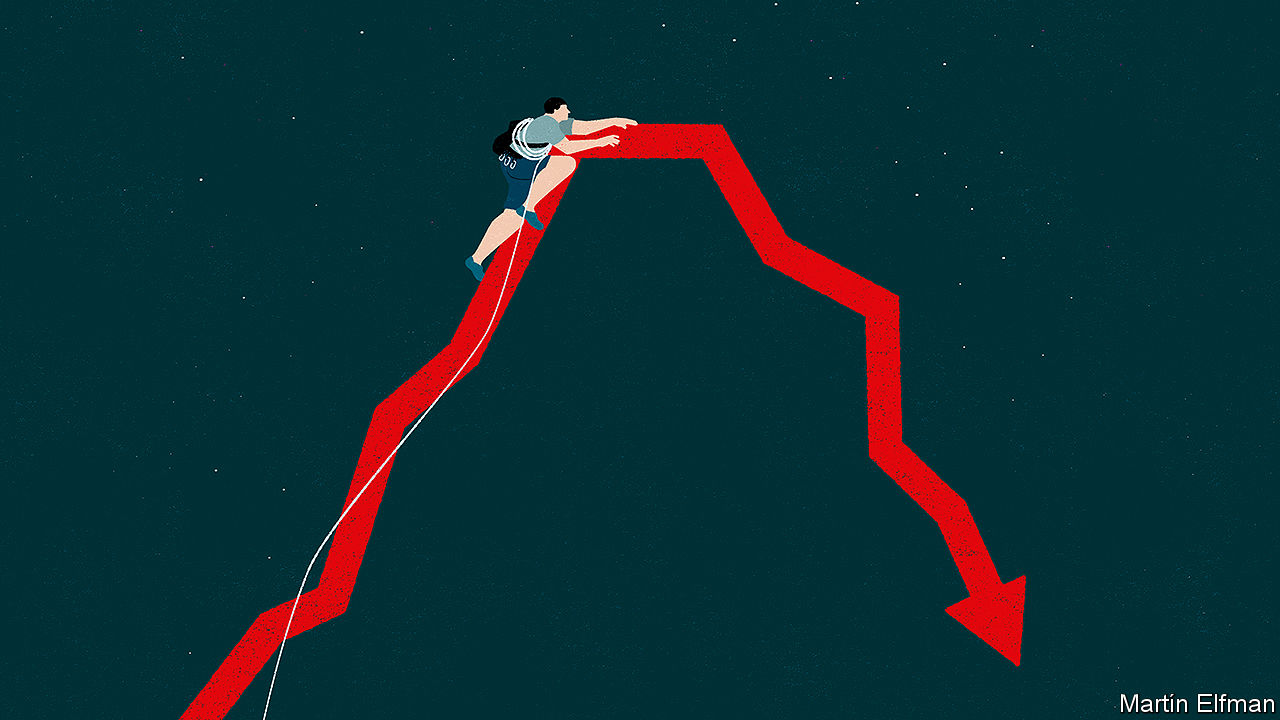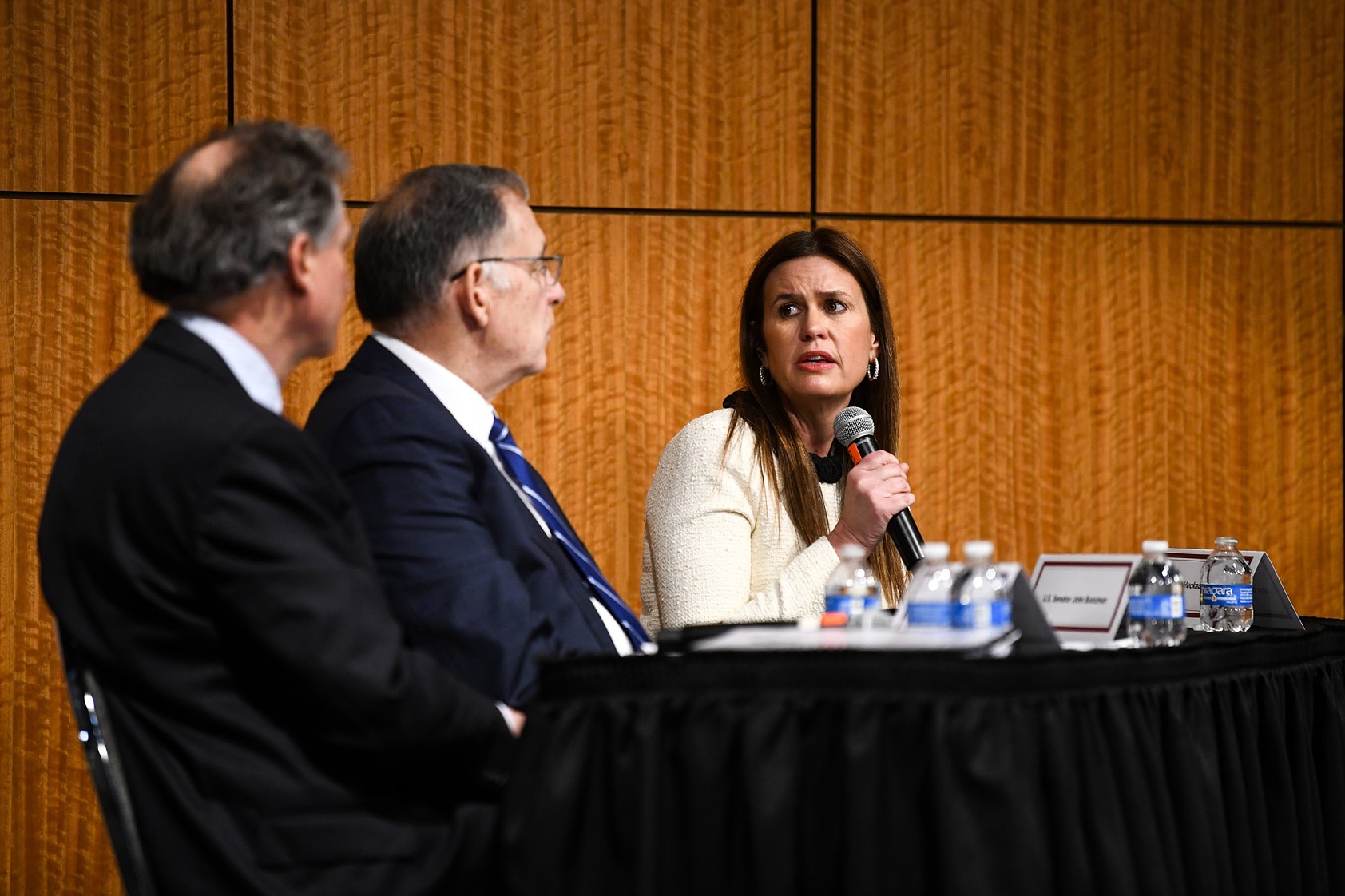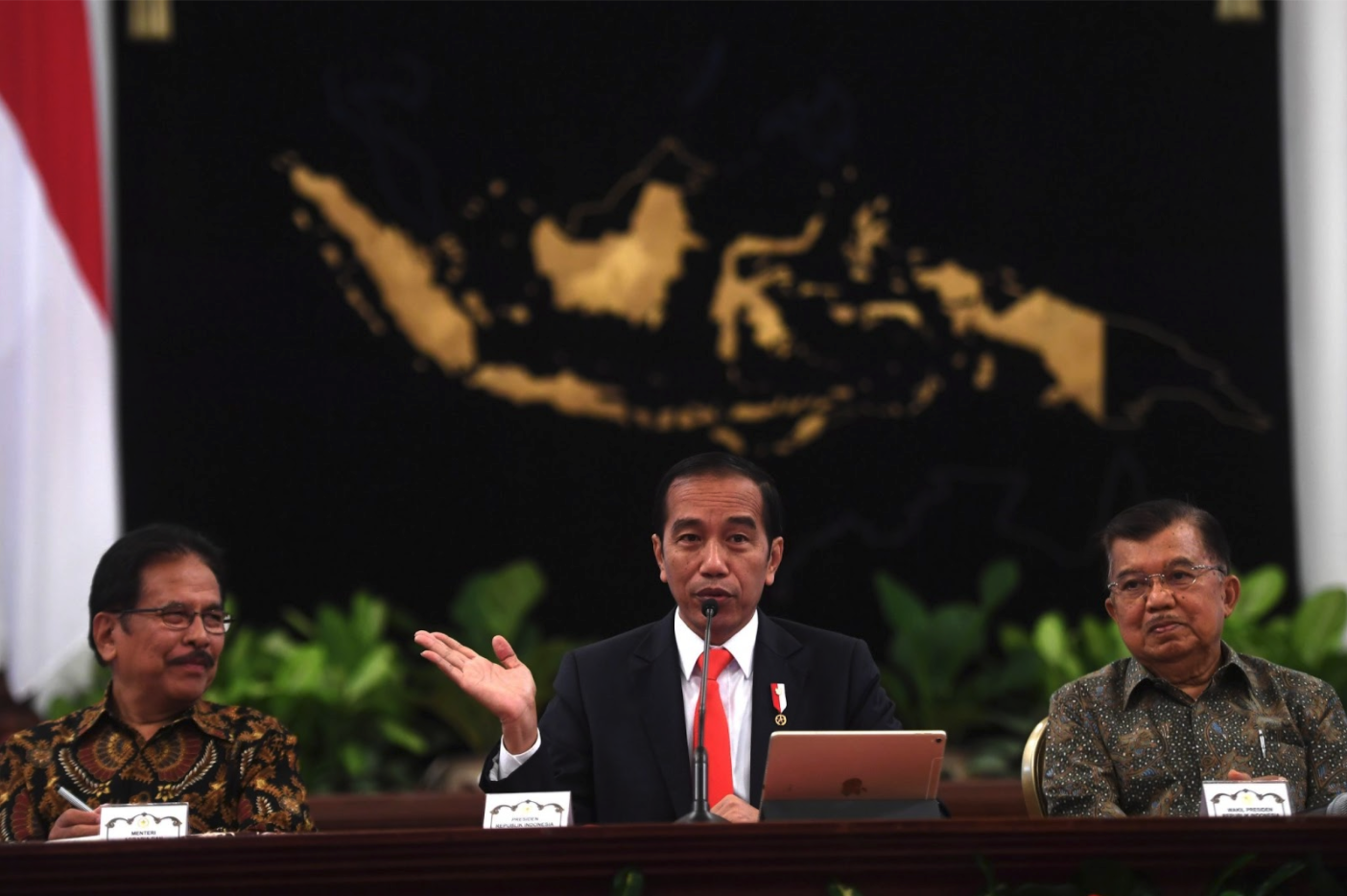
KAT BLESIE – OCTOBER 17, 2018
In 2008, a series of insufficiently collateralized US mortgages were bundled together as investment assets, or “securitized”, and sold to institutional investors from many countries. When borrowers began to default in large numbers on those mortgages, it sent shockwaves through the global economy, leading to the worst financial crisis since the 1929 Wall Street Crash. In 2018, several economists and policy leaders are worried about a resurgence of similarly risky lending-behavior. While most agree that the 2008 financial crisis was caused primarily by lending to subprime borrowers in the housing market, economists today are worried about loosened standards on loans in the commercial sector increasing a similar risk for recession.
Banks, eager to beat out their competitors, are loosening the terms of their loans to businesses. In their Spring 2018 report, the Office of the Comptroller of the Currency (OCC) noted that competition among banks for quality loans is high, and listed loosened loan standards as a key risk factor. In a survey done by The Federal Reserve, 17.4% percent of banks reported that they eased their loan standards for large and middle market firms due to heavy competition.
Another cause for concern among some economists is a yield curve that is getting increasingly flat. The yield curve is the gap between short-term and long-term interest rates, and its flattening signifies that investors have little confidence in the near-term economy. A flattening yield curve is a potential harbinger of severe economic downturn, as the treasury yield curve inverted (i.e., “flipped” so that yields on bonds with a shorter duration were larger than those on bonds with a longer duration) before the recessions of 1981, 1991, and 2000.
However, we needn’t start running for the hills yet, says Scott Simon, a former portfolio manager. Although every recession in the past 60 years has been successfully predicted by an inverted yields curve, in an interview with NPR, Simon points out that that the yield curve also predicted recessions in 1994 and 1998 which never came to fruition. In short, loan quality is going down because banks have to compete harder to get business and business for them is lending money, so they give lower interest rates. This has led some to worry that the same problems that got us into the last financial crisis – namely looser lending and resurgent securitization – are potentially resurfacing.
Many others argue that we are likely headed towards another recession in the next five years, not because of eased lending practices but because of President Trump’s erratic trade policy. Numerous academic economists have argued that American protectionism in the early 19th century contributed to the Great Depression, and academics and analysts alike today worry that Trump is taking us down a similar path.
In January of 2018, President Trump launched a 25% tariff on imported steel, and in September announced he would impose tariffs on $200 billion worth of Chinese goods. Russ Roberts, the John and Jean De Nault Research fellow at Stanford’s Hoover Institution has said that if the trade war between the US, China, and the EU continues, it could lead to a recession. He notes that an intensification of the trade war between the US and China will lead to a reduced consumption of domestic products by American consumers, that the US producers of these goods will find less demand from foreign and domestic buyers and thus will lay off workers and reduce their production – all patterns which suggest economic downturn.
As of right now, there is no certainty that we are headed for another recession. US GDP grew at at an annual rate of 4% in the second quarter, unemployment is at an almost 18 year low, and exports are booming. What remains to be seen is how President Trump’s trade policy will affect the economy in the months to come.
Featured Image: The Economist
Disclaimer: The views published in this journal are those of the individual authors or speakers and do not necessarily reflect the position or policy of The Berkeley Economic Review staff, the Undergraduate Economics Association, the UC Berkeley Economics Department and faculty, or the University of California at Berkeley in general.



